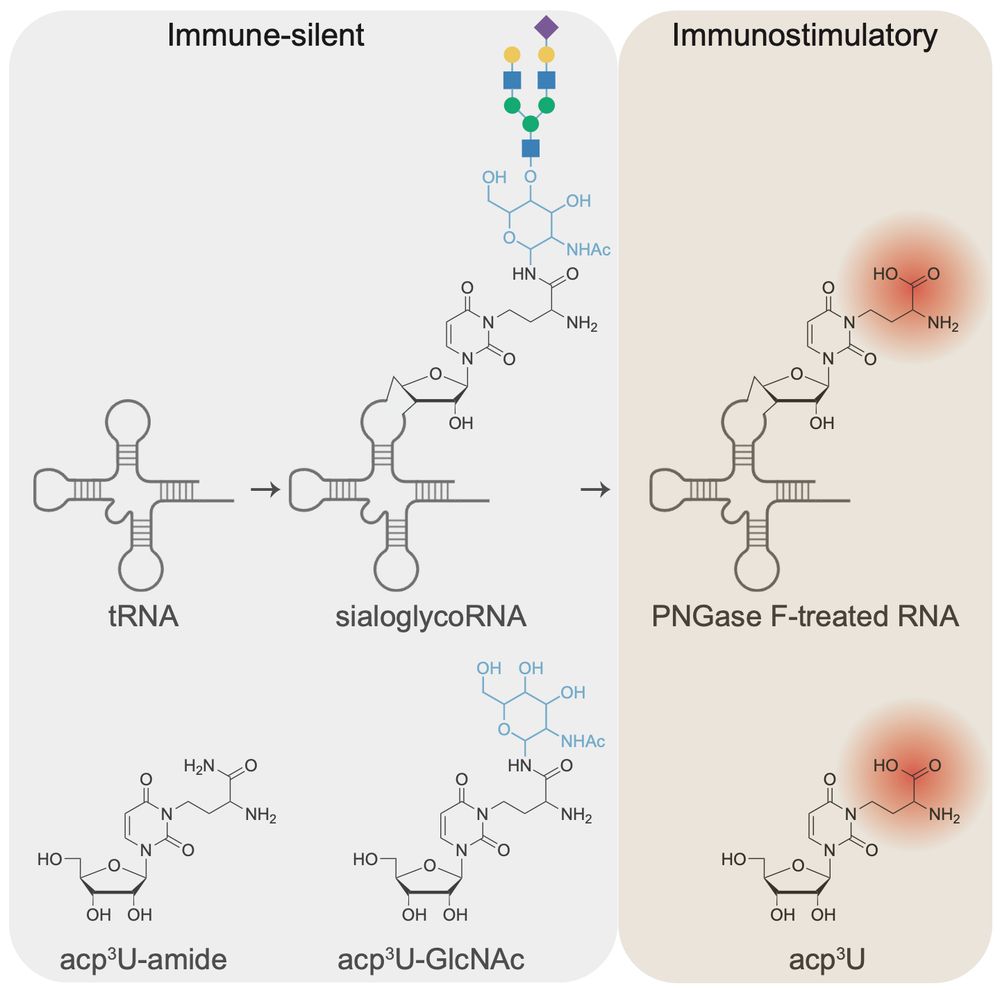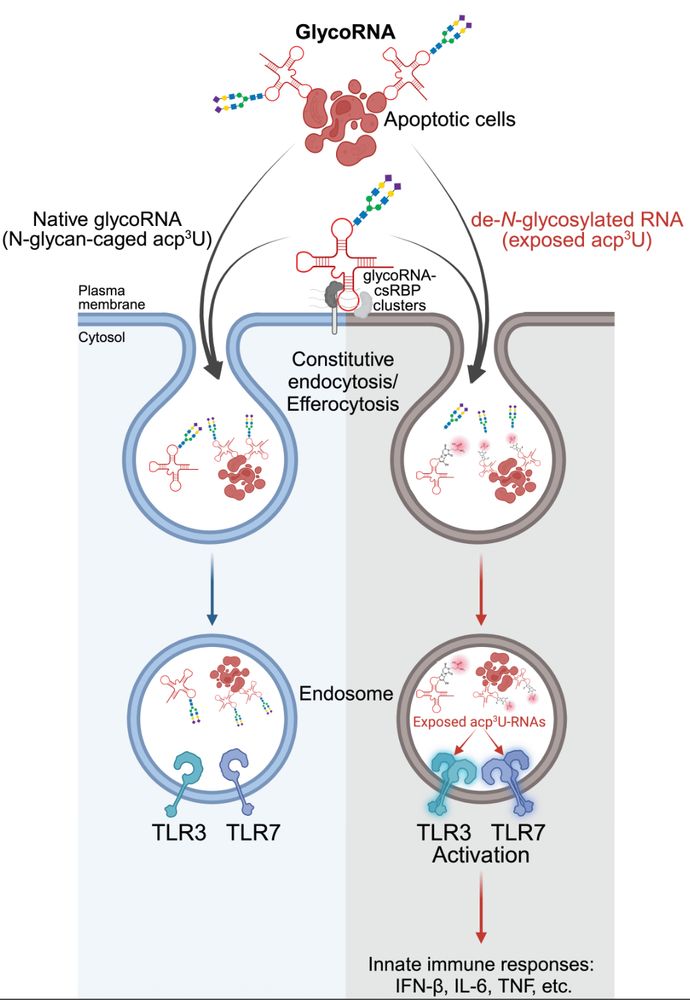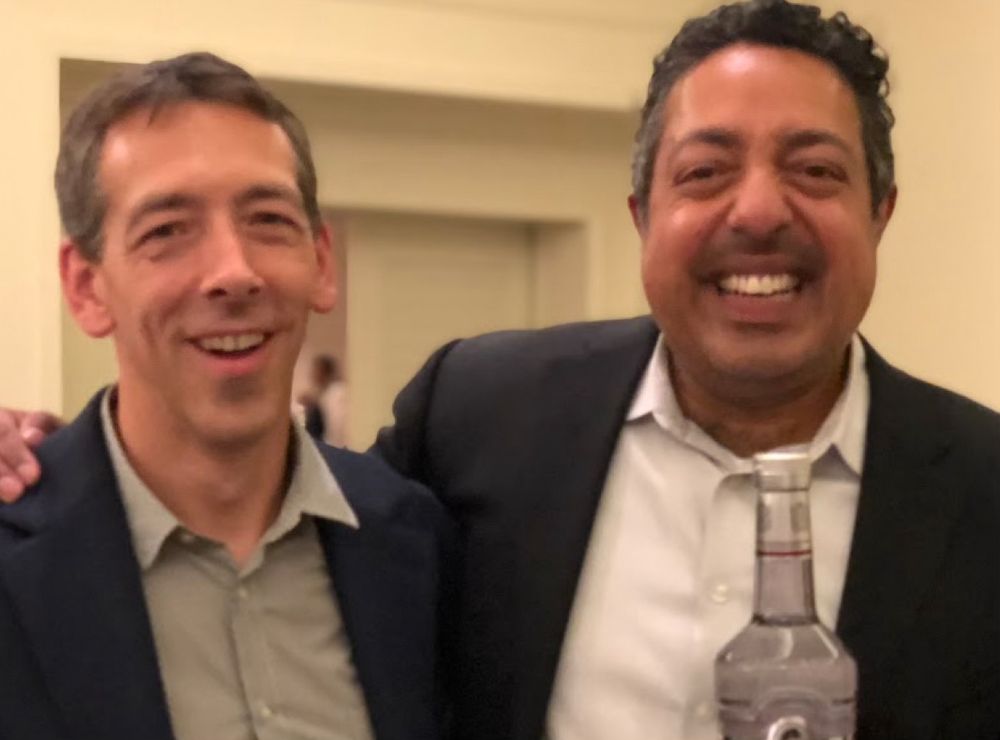Hani Goodarzi
@genophoria.bsky.social
1.8K followers
270 following
180 posts
Core Investigator @ Arc Institute | Associate Professor @ UCSF | {Computational, Systems, Cancer, RNA} biologist | Co-founder @exaibio @vevo_ai
Posts
Media
Videos
Starter Packs
Reposted by Hani Goodarzi
Reposted by Hani Goodarzi
Andrei Goga
@andreigoga.bsky.social
· Aug 20

Tumor cell-adipocyte gap junctions activate lipolysis and contribute to breast tumorigenesis
Nature Communications - Breast cancer cells interact with neighbouring adipocytes, but the mechanisms are not fully understood. Here, the authors show that triple-negative breast cancer (TNBC)...
www.nature.com
Reposted by Hani Goodarzi
Reposted by Hani Goodarzi
Rita Strack
@ritastrack.bsky.social
· Jul 30

Associate or Senior Editor, Nature Biomedical Engineering
Job Title: Associate or Senior Editor, Nature Biomedical Engineering Organization: Nature Portfolio Location: New York, Jersey City, Shanghai or Beijing – Hybrid Working Closing date: August 20, 2025 ...
springernature.wd3.myworkdayjobs.com
Reposted by Hani Goodarzi
Hani Goodarzi
@genophoria.bsky.social
· Jun 26
Reposted by Hani Goodarzi
Homa Majd
@homamajd.bsky.social
· Jun 25
Reposted by Hani Goodarzi
Hani Goodarzi
@genophoria.bsky.social
· Jun 9

Integrative analysis of mRNA stability regulation uncovers a metastasis-suppressive program in breast cancer
Heterogeneity in cancer gene expression is typically linked to genetic and epigenetic alterations, yet post-transcriptional regulation likely influences these patterns as well. However, the quantitati...
www.biorxiv.org
Hani Goodarzi
@genophoria.bsky.social
· Jun 9



















